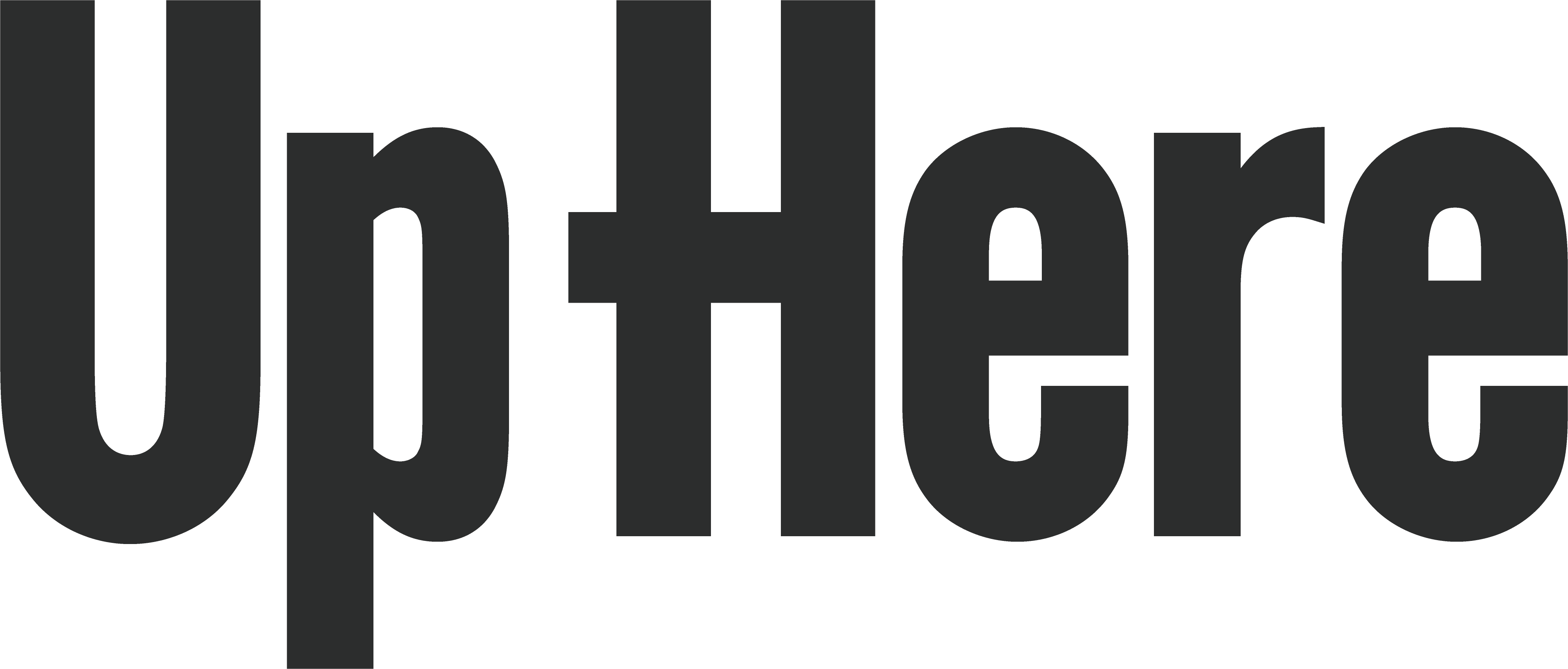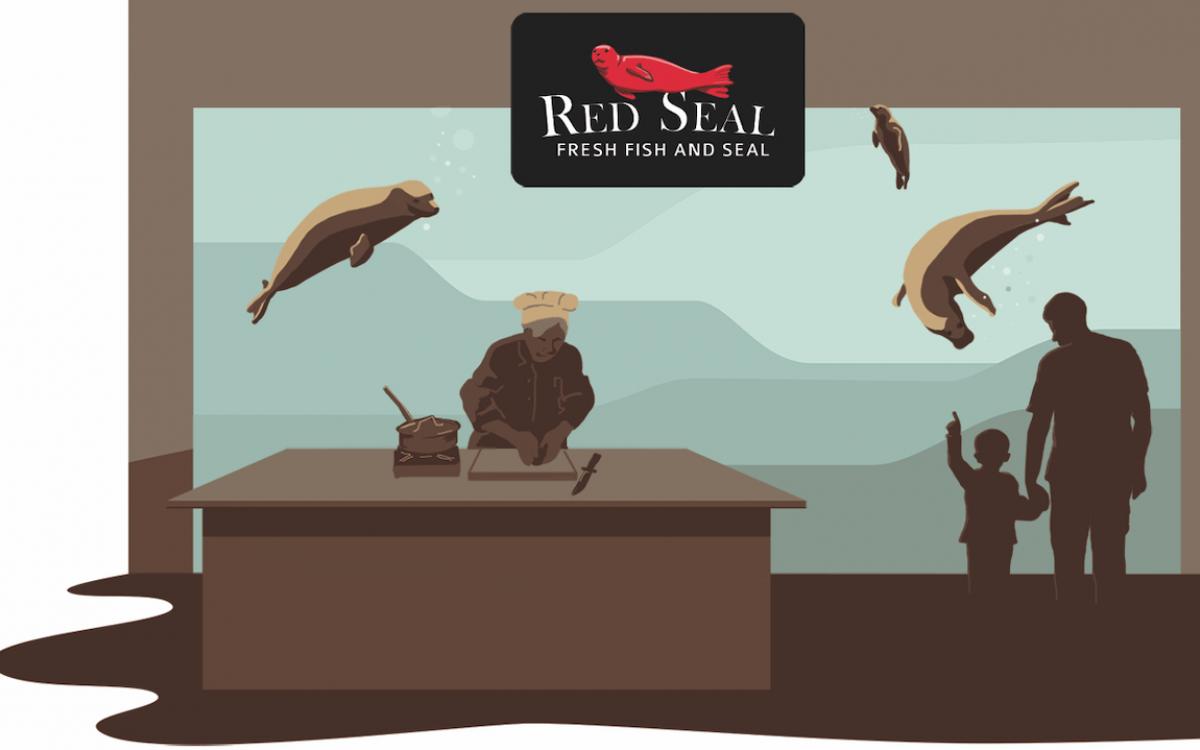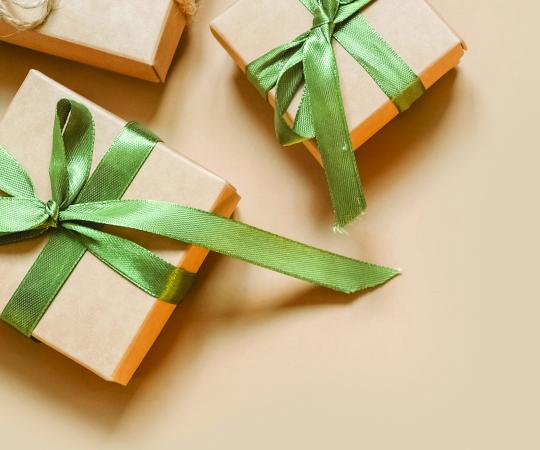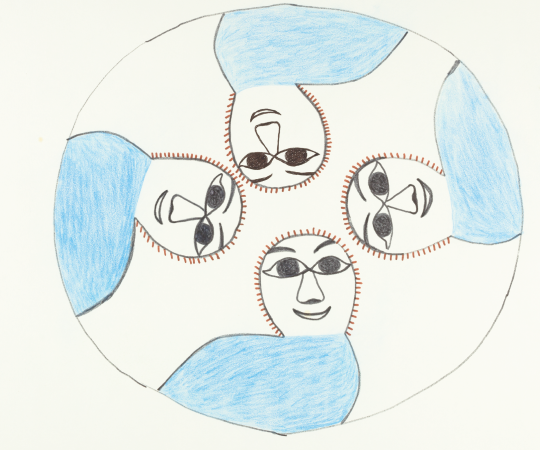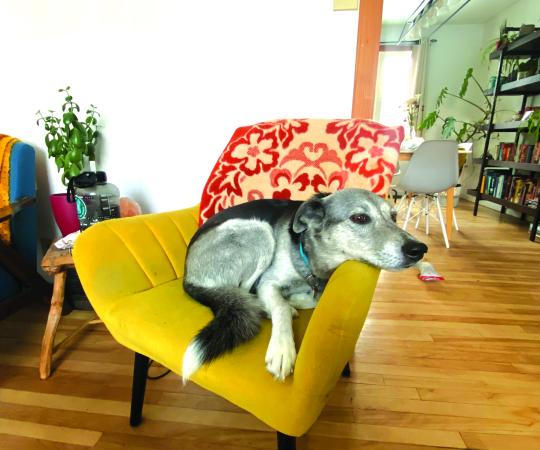It’s gamey, like venison. Rich with iron and vitamins, like liver. A subtle fishiness that, well, isn’t really like anything else.
Seal has a complex flavour that’s been enjoyed by Inuit and Northerners for generations. Now, the Government of the Northwest Territories wants to get the marine mammal into restaurants for locals (and the lucrative Asian tourism market) to enjoy. But here’s the catch: the seal meat must be shipped North from Newfoundland.
Seals in the territory are being hunted for private use, but they’re not being harvested for commercial sale. Right now there’s no clear path to selling commercial NWT seal meat for Canadian consumption. Francois Roussouw is hoping to change that.
Roussouw—marketing manager with the GNWT department of industry, tourism and investment, and a board member with the Fur Institute of Canada—spearheaded a “seal-a-bration” event at Yellowknife’s Long John Jamboree in March. Toronto restaurateur Joseph Shawana was flown in by the GNWT and Yellowknife Inuit Association to hold a culinary workshop with local chefs, teaching them to prepare dishes like seared seal loin and seal paté.
“It is an exotic [meat] that not many people get to eat,” says Roussouw.
The meat was sourced from SeaDNA, a Quebec company that uses harp, hooded, and grey seal harvested and processed in Newfoundland.
The territory doesn’t have the “capabilities at this time to certify seal from the NWT for human consumption,” says Roussouw.
The GWNT handles meat-processing inspection duties, but the department of health and social services says it’s not clear which government body would be in charge of stamping seal with its government approval.
“It is not determined who would do this in the future if needed,” says Health and Social Services spokesperson Damien Healy. And currently, it’s not needed. The HSS says there’s simply no market to regulate. No businesses handle or process seal meat for commercial sale in the territory. There hasn’t even been a request to potentially set up a seal processing plant.
But that doesn’t mean seal meat can’t be purchased privately by chefs and served to customers.
“Damn right it can be,” says Roussouw. “You’re allowed to serve it.”
Provided the meat’s been legally harvested and legally obtained, it can be served without government inspection, under the territory’s food establishment regulations.
“We encourage operators to ensure they meet [GNWT] requirements and have good records of who and when and where the food they purchase comes from to allow traceability and tracking of food in case of issues,” advises Healy.
Roussouw says he’s working to help NWT’s sealers get into wholesales, but until then, any commercial-grade meat the government buys is going to have to come from a Canadian Food Inspection Agency-certified supplier like SeaDNA.
The Montreal-based company buys its seal from federally-licensed fish plants, which process carcasses brought in by Newfoundland fishers. The meat is de-oiled manually at the plant, separating fat from muscle to lengthen shelf life and increase potential products. Loins, trim, and flippers are sold for retail, with secondary cuts used in dishes like seal sausages and charcuteries. The oil is sold in capsules as a health supplement.
“We still have a limited volume for seal meat,” says Romy Vaugeois, SeaDNA’s business development manager. The company mostly focuses on Quebec’s restaurant scene for that product “given the high logistic costs for frozen meat.”
Even amidst a growing recognition of the animal’s importance to Northern diets and culture, the market for seal remains small, and subject to strong protest.
An online petition of over 6,300 signatures targeted chef Shawana’s restaurant, Kūkŭm Kitchen, two years ago after the Toronto establishment added seal to its menu. Shawana, born and raised in Wikwemikong Unceded Indian Reserve on Manitoulin Island, Ont., also sources his product from SeaDNA.
Roussouw says he’s used to that sort of pushback by now. He doesn’t expect humanely harvested seal meat to ever fully be accepted on southern dinner plates. But that shouldn’t prevent seal from becoming a local staple.
“We’re not forcing you to eat it,” he says. “People have to realize that seal is a valuable resource we have in Canadian waters and there’s a lot to be learned from seal.”
